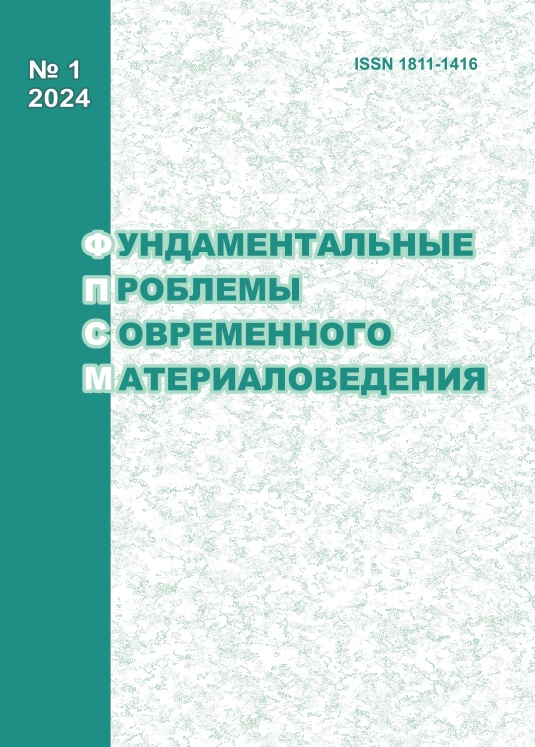CRYSTALLOGEOMETRY OF FILLING OF COORDINATION SPHERES IN NANOPARTICLES OF AB ALLOYS FORMING THE B32 SUPERSTRUCTURE
10.25712/ASTU.1811-1416.2024.01.008
Keywords:
crystal structure, superstructure, nanoparticle, coordination sphere, packagingAbstract
In problems related to the study of multicomponent high-entropy alloys, a large variety of nanoparticles of various types of crystalline structures and superstructures is discovered. In such cases, it seems interesting to have crystallogeometric characteristics of the system seeds. The number of nuclei of crystallogeometric structures obeys the standard rules of crystallography. In the processes of formation of high-entropy materials, nuclei corresponding to certain types of superstructures and interphase boundaries may appear in the structures of the formations being formed. In the case of binary alloys, more than a hundred such superstructures can be formed, and many times more for multicomponent materials [1-3]. In the works [4, 5], a simple method of practical crystallography was proposed, according to which the filling of coordination spheres for crystals of cubic symmetry is represented by a sequence and combination of seven regular and semiregular polyhedra of Plato and Archimedes – cube, octahedron, cuboctahedron, rhombicuboctahedron, truncated cube, truncated octahedron, truncated cuboctahedron with number of nodes – 8, 6, 12, 24, 24, 24, 48. This paper outlines the methodology for using such an algorithm in problems of designing nanoparticles for the B32 superstructure alloy.











 Journal «Fundamental’nye problemy sovremennogo materialovedenia / Basic Problems of Material Science»
Journal «Fundamental’nye problemy sovremennogo materialovedenia / Basic Problems of Material Science» This work is licensed under a
This work is licensed under a 
